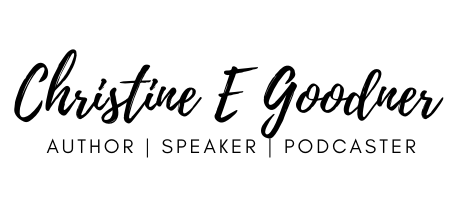This week’s episode of the Time to Practice podcast is the second in a two-part…
Musicality & Joy from the Beginning with Crystal Boyack
Season 2 of the Time to Practice Podcast is here, featuring our first guest Crystal Boyack, and I’m so excited to share a new episode with you.
On this week’s episode Crystal Boyack speaks with us about her journey as a young musician, what she’s learned about practice from being a parent, and how wanting to change the dynamics in her relationship with her own child in their beginning stages of practice together totally changed her approach to working with beginners and led her to created her Wee Violin (and now Wee Cello and Wee Viola) method and materials.
To Listen to the full episode, you can find the Time to Practice Podcast on Apple Podcasts, Audible , Google Podcasts, or your favorite podcast platform. You can also listen directly from the link below:

Musicality & Joy from the Beginning with Crystal Boyack – Time To Practice
Welcome to season 2! On this week's episode, we're speaking with Crystal Boyack: violinist, parent, and creator of Wee Violin (and Wee Cello & Wee Viola which are newly out this week!). We talk about her own practice journey, what she learned from practicing with her own children, and what inspired her to create Wee Violin. Links in this episode: Crystal Boyack's Instagram Website: crystalboyackmusicstudio.com Connect with your host Christine Goodner on Instagram Support the podcast by purchasing or recommending one of Christine's books: Amazon or Bookshop.org Show notes and transcript of our conversation can be found at www.SuzukiTriangle.com/TTPEpisode39

Highlights of our conversation with Crystal Boyack include:
On Being an “older” beginner:
“We can start at all different ages and I remember telling someone once, like, I feel like I’m so behind. This was in college and they’re just like, Crystal, you play in the orchestra with everyone who started when they were three. Like how do you feel you’re behind? You are playing the same piece as they are. You’re doing the same competitions they are. And it took me that many years to be like, oh, I’m not behind. There’s advantages and disadvantages of both ages, which we could talk about, but it took me years to get over that and stop feeling behind.”
On taking a step back and realizing she needed a new approach with home practice and beginners:
“You ask a musician, why are you a musician? It’s, they’re creating beauty in the world. They’re creating connections to communities, to events. There is healing in music. And we as a society desperately need that joy and that healing and that connection and that beauty that music brings. And so I went back into the practice room. I’m like, okay, I know as soon as she gets into book one, she’s going to be fine because she’s going to love the music and she wants to practice the music and she loves music. So I need to figure out a way to get from where we’re at now of being barely holding the violin to book one. And I need to do it with real music.”

On some of her thoughts behind her Wee Violin (and now Wee Cello and Viola!) method:
“And so when I realized, I need to, as a violin teacher develop their pitch and their rhythm while we’re developing their violin, I allowed myself and gave myself permission to start doing a lot of activities away from the violin to sing and to move and to get the body ready to play the violin. What I found is they learn the violin faster and quicker. And so in the Wee Violin book, I divide the rhythm competence and the pitch competence in the book and then make techniques that you can learn away from the instrument by singing and moving and then it just naturally goes to the instruments such as popping or marching or stomping or jumping, all these things. But using them intentionally to build the technique on the instrument through music kids love, they are going to then transfer it to the violin with music they love and then learn the violin faster and easier than if we’re just teaching violin.”
A practice tip from Crystal Boyack:
“You know, our kids learn more from our actions than they do from our words. So we can tell our kids to practice. But I really encourage, and my husband and I do this and I encourage my families and my studio to do this is find something that you are going to practice. That’s your thing every day and let your kids see you build your skills every day and you do something hard. This is outside of work, this is outside of parenting. . . And then one tradition we have around the kitchen table is we say our favorite thing each day, our least favorite thing each day and then something we did that’s hard. So our kids get to hear me and my husband and all the other siblings say something that was hard that day. And often the hard thing often correlates with also what their favorite thing was. . . And let them see your example of practicing daily and pushing through even when it’s hard.”
Links from this week’s Episode:
Website: crystalboyackmusicstudio.com
Connect with your host Christine Goodner on Instagram
Support the podcast by purchasing or recommending one of Christine’s books: Amazon or Bookshop.org
You can download a Transcript of our conversation below, which is provided for educational purposes and accessibility.

